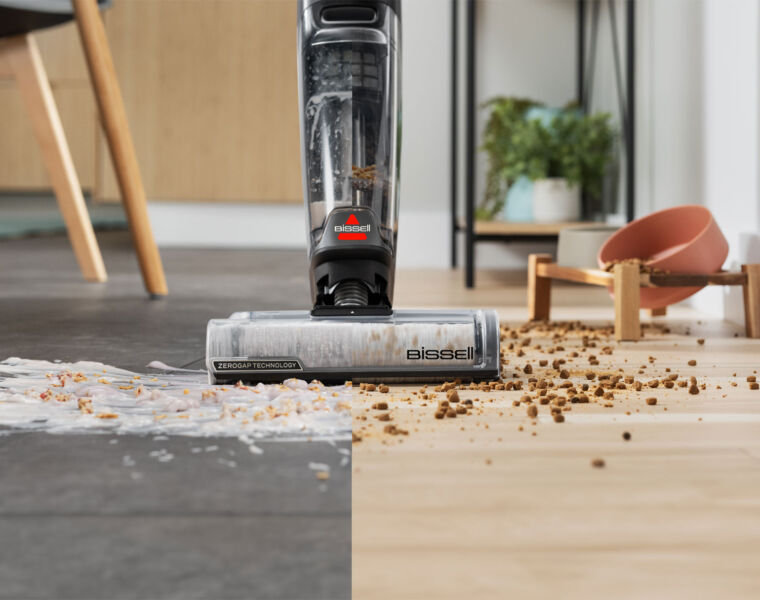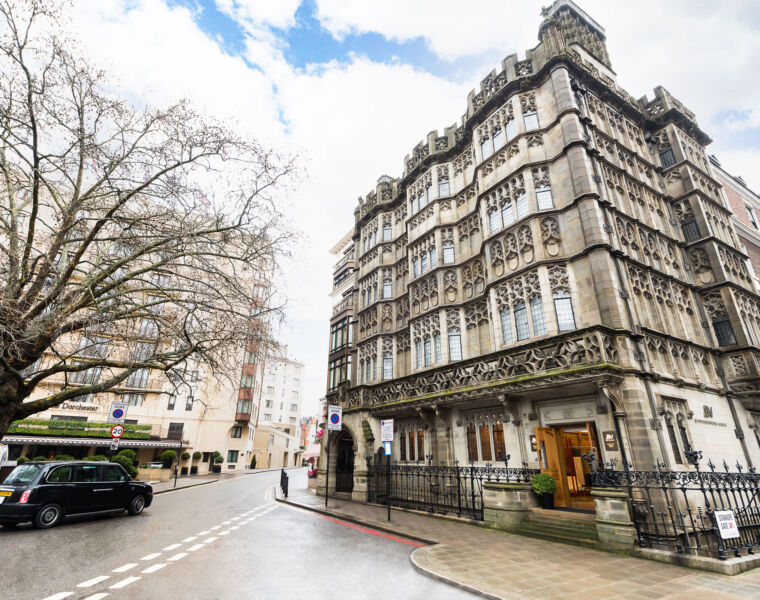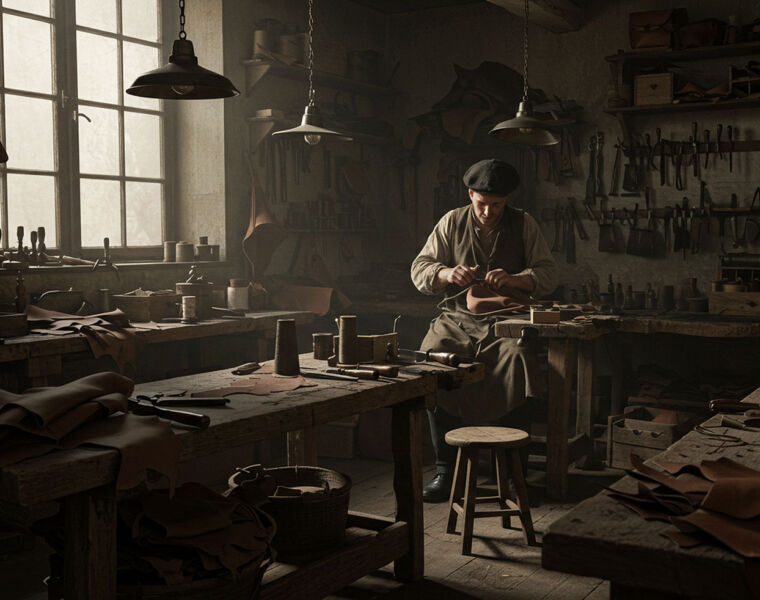
Martyn Zemavicius has over 18 years’ experience in the fine wine world. As a result, the ex-Head Sommelier at Harvey Nichols has approached the wine business from all angles.
His journey began as a sommelier at London’s landmark OXO Tower restaurant. Since then, he has moved into fine wine buying and furthered his expertise by completing his WSET (Wine & Spirit Education Trust) Diploma in 2010. Less than two years ago, he passed the prestigious Champagne Academy course with a Merit in 2017.
Luxurious Magazine’s Sabi Phagura caught up with Martyn to talk about ELICITE.com which will attempt to redefine the way consumers experience and buy fine wine.

LM: We understand that the launch of ELICITE is set to define the way consumers experience and purchase fine wine. Could you give us an insight into this please?
MZ: At ELICITE, we understand that there are many people who enjoy drinking fine wine, but are frequently faced with the same curiosities and questions when it comes to selecting, purchasing and generally understanding more about the world of fine wine.
Our mission is straightforward. It is to give consumers the knowledge so that they are empowered to purchase and enjoy fine wine with confidence. We believe that the more someone understands something, the more they appreciate it, and that is very true for fine wine. Our concept is to give consumers the ability to watch, learn and taste – a completely new experience in the fine wine industry. Our educational video series starts with The Essentials Series, and goes up in four ascending levels of learning. Each series is accompanied by a mixed selection of wines that have been expertly curated to enhance the learning experience. Our videos are free to watch, and as well as the mixed cases, all wines are also available to purchase as single bottles.
ELICITE.com is an e-commerce and media platform that will offer consumers an intuitive user experience, designed to enhance consumer learning and purchasing no matter where they are on their journey. Beyond the platform and videos, ELICITE will be launching unique experiential events to offer consumers a new approach to the world of fine wine, coming soon in 2019.
LM: A lot of people love learning about wine and where it comes from, but they may not know how to store or serve wine. Are you able to share your expert tips on the best way to store and serve the wine?
MZ: I believe that there are two main tips to efficiently store wine. Firstly, temperature. One thing that wine does not like is big temperature differences. A constant temperature ideally between 10 to 15 degrees centigrade, and not to close to any source of heat or cold. The second is light. In a closed environment without any contact with the light – ideally in a wine fridge or cellar, or alternatively keep your wine in the coolest and darkest place in your house. For larger collections, you may want to consider keeping them in a professional wine storage warehouse or big yellow wine storage.
In terms of serving, there are three key tips. The right temperature is crucial – too cold and you won’t be able to taste anything, too warm and the wine will be flabby and alcoholic. If you do not have a temperature-controlled fridge or cellar, I would advise keeping white, rose and champagne wines in a fridge for one to two hours before drinking, whilst for red, 30 minutes in the fridge is enough.

It is also very important to have the right glassware. You can have one of the finest wines in the world, but if served in the wrong type of glass, it will not perform. Just like if Mohamed Farah wore Havaianas instead of trainers, he would not perform to his best potential too. My choice of glassware is Zalto. Opt for their white wine glass for white wines and champagne, and their Bordeaux glass for all reds. Some wines need time to open in a glass, so do not rush to make a judgement about wine from the first smell or taste.
LM: Prosecco has seen a surge in popularity in recent years. Could you give us a crash course in the differences between champagne, sparkling wine and prosecco?
MZ: The easy way to understand the difference is that sparkling wine is the addition of CO2 to a liquid (like any soft sparkling drinks). It is the cheapest and quickest way to make fizzy drinks. The process to make prosecco is to keep the CO2 released during the fermentation process from the grape’s juice. When we speak about champagne, there are two fermentations in the making process; the first occurs during the winemaking in open vats to let the CO2 evaporate, and the second is during the bottling process where a small amount of sugar and yeast is added to re-create a second fermentation. It is this CO2 that is kept in the bottle to create the gentle bubbles of champagne. Champagne will be stored for a minimum of 15 months, but often for three years. This process adds complexity and richness to its flavour profile.

LM: How does a wine get the ‘fine wine’ status? What makes a fine wine?
MZ: A fine wine is a mix of different components. They are a proven history of producing high-quality wines that have been noted by wine professionals and consumers, the ability to age over time, and it comes from the best locations, for example, Burgundy Grand Cru and Premier Cru vineyards. The quality of the product which is made, or the type of viticulture (Organic / Biodynamic), is also important.
LM: There’s is often confusion over how to store wine especially whether to pop red wine in the fridge or indeed pop a spoon in an opened fizzy wine. With 18 years’ experience in the fine wine industry, do help us with the dilemmas of how best to store fine wine.
MZ: The best way to store red and white wine after it has been opened is to put the cork back in the bottle the same way you had taken it out. This is important because the cork which was facing the outside of the bottle could be dirty and affect the rest of the wine inside the bottle. Alternatively, I would suggest using a wine stopper, just make sure it’s clean. If you are not planning to finish the whole bottle, it is best to put the cork or stopper on as soon as possible and put the wine in the fridge, even red wine. As with fruits and vegetables, storing at a lower temperature will help to preserve it better by reducing oxidation. When we want to store an open bottle of champagne in the fridge, the most effective way is to purchase a champagne stopper to keep the champagne fizzy.
LM: Is it difficult to read labels? What can the average wine drinker learn about reading wine labels?
MZ: The average drinker may have some knowledge, such as the grape variety or even the area where the wine is produced. However, for most drinkers who simply enjoy the consumption of wine but has little know-how, it can be quite daunting navigating all the information you may find on a wine label. That’s what we recognise at ELICITE, and our mission is to help wine drinkers understand a little more about the world of wine, its provenance, taste and history. Our very first educational video series, The Essentials Series, will focus on this very subject – Learning Labels, as well as other topics such as how to store, serve and drink wine.
 LM: And of course, what tips can you give wine lovers on being able to taste wine?
LM: And of course, what tips can you give wine lovers on being able to taste wine?
MZ: Wine is now available everywhere, and we have the chance in London to be able to try wine from all around the world thanks to many great wine bars and restaurant. My tips will be to be open-minded about the wine and to try as many different wines you can, even if you could think that it is something not very well-known. You can always be very surprised. If you tried wine from X country, region, and grape etc. once and you did not like it, do not write it off. Give it one to two more chances as it might be a bad bottle and not a great producer.
When tasting, swirl the glass well, and have a good one to two sniffs before tasting. That’s important because, as we know, we can taste only six things. So, all the different flavours that we can taste is thanks to our nose. Then taste it again, take a good size sip and cover all different parts of your mouth to feel different flavours of a wine. Avoid any strong flavours before tasting wine such as coffee, chewing gum or very spicy food.
Spend time with people who know about wine, hear what they say when they taste, but do not be shy to say what you think. We are all different and like different things, including wine. Ultimately the best wine is the one you like the most.




You must be logged in to post a comment.